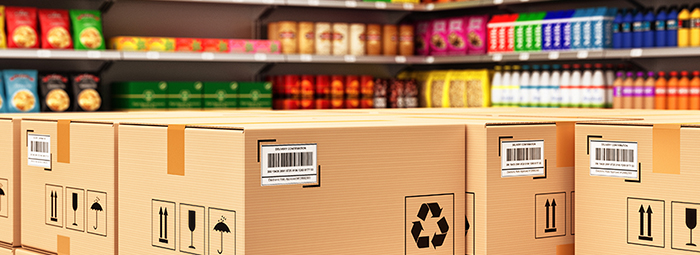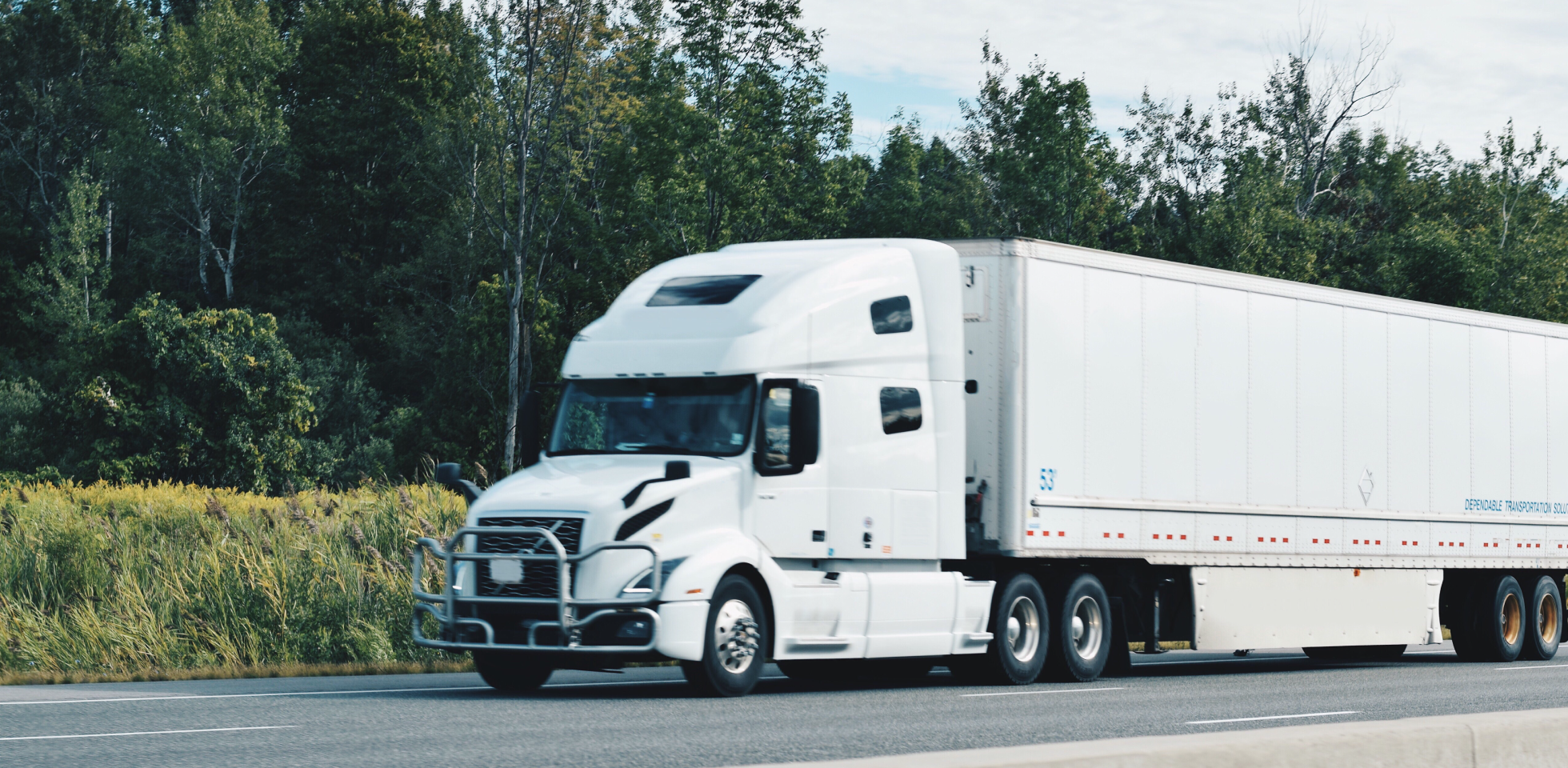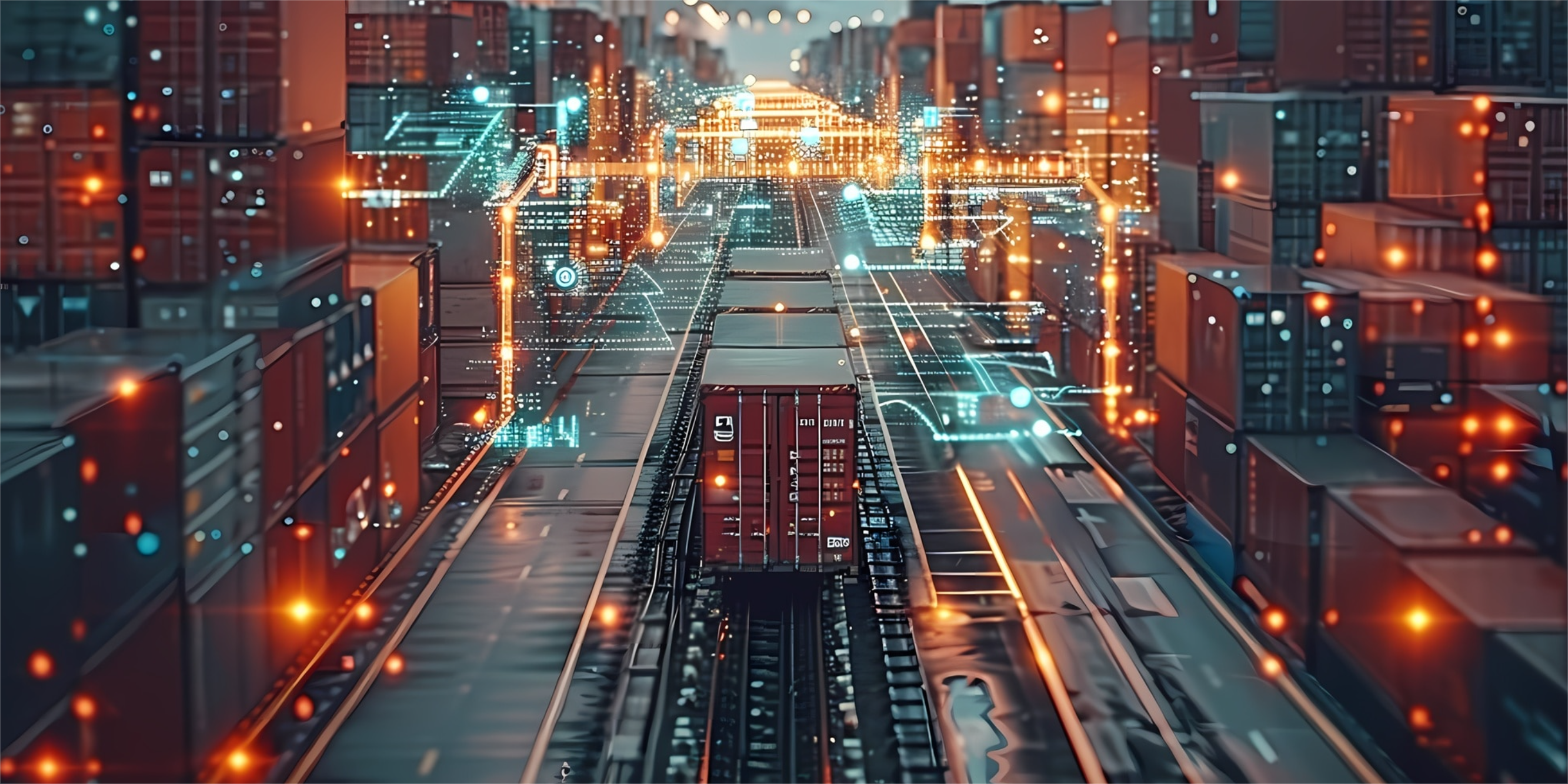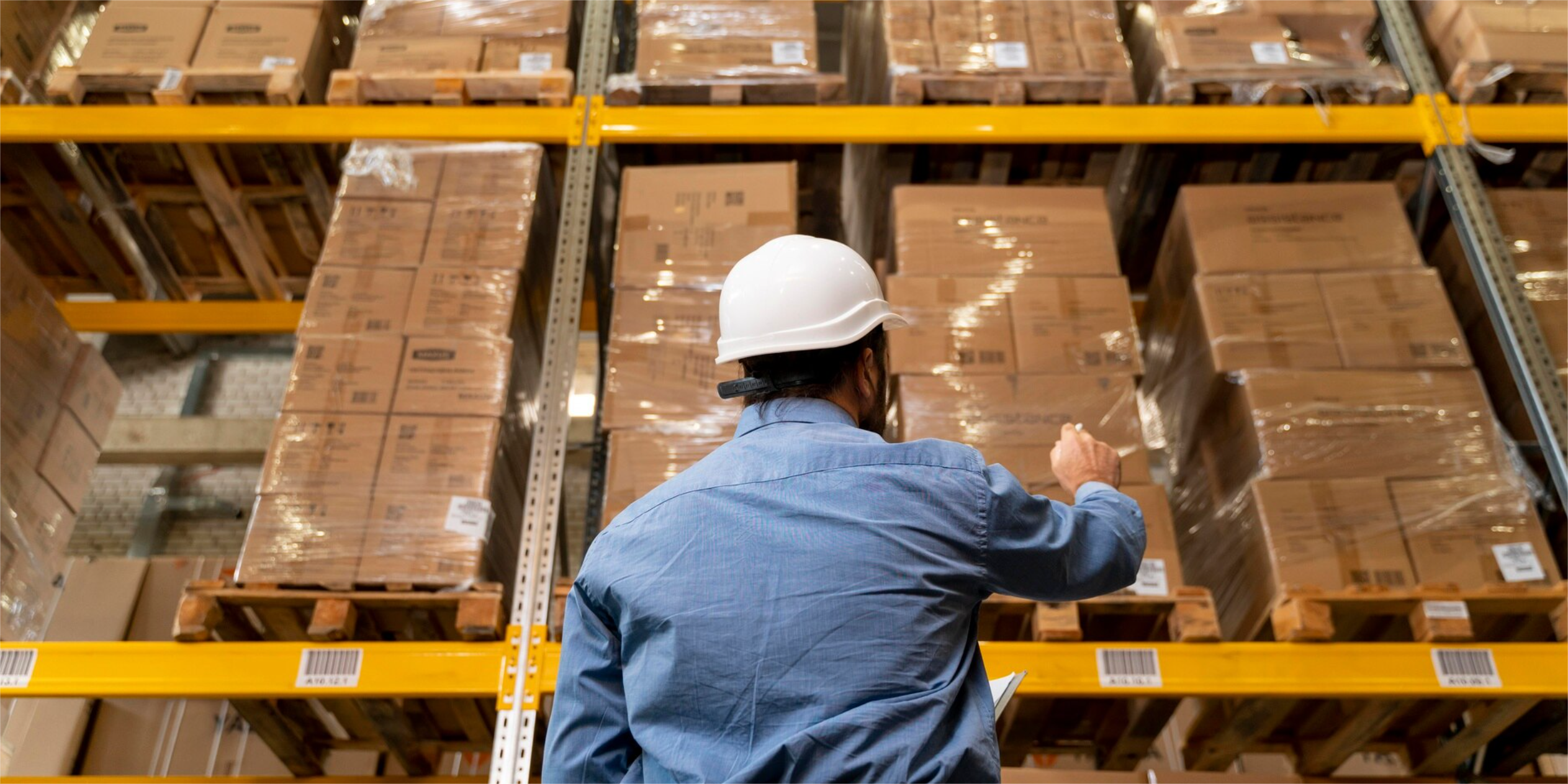One of the main goals of retail and logistics is to have available stock, having the right products at the right place and time in a systemic manner to react quickly to the everchanging nature of the demand.
Retailers once were merely the receptors of manufacturers’ products but today they have become designers of the offer since they control, organize, and manage the supply chain all the way from manufacturing to consumption. Times have changed and, with them, the logistics of retail. Retailers have aimed at gaining more collaboration in many logistics processes and have taken on the responsibilities for marketing and developing products, originally the realm of manufacturers.
By integrating the offer and the demand appropriately through information systems and the latest technologies, retailers can serve their clients better, providing products that come in better presentations, are more accessible, have a longer useful life cycle, and with less shortages. The proper retail logistics can lower the overall costs and become a competitive advantage by guaranteeing everything is in the right place.
Retail companies know that they need to foresee and react quickly to the changes in the behavior of customers to achieve this goal; and they need to create strategies to move products efficiently and profitably. By managing a supply chain, we are really managing the following processes:
- Warehouses and Distribution Centers: these are the sites where retailers store their stocks in anticipation so they can quickly meet the demand.
- Available Stock: the number, and location, of products in storage.
- Transport: consists in managing the transportation of products (containers, vehicles, programming, staff availability, etc.)
- Information: data on offer, demand, volume, stock, prices, and movement.
Even though these elements were managed independently in the past, currently they must be connected so we can optimize the supply chain from end to end and so we can balance costs and level of service. Retail logistics is no longer an activity apart from the rest of the company, the integration now happens also with suppliers, clients, and logistics companies.
Thanks to the way logistics have evolved, the retail sector has embraced some features and trends:
- Increasing the control on secondary distribution (from the warehouse to the stores) by channeling resources through distribution centers and by investing in the construction of the latter.
- Reorganizing the logistics systems by lowering stock and by improving the efficiency via mixed distribution, centralization of specialized warehouses, and common rooms for the stock of several branches.
- Embracing a quick response model to lower stock levels and to increase the speed of the process.
- Organizing the primary distribution (from manufacturing line to warehouse) to use the logistics assets more effectively and integrating the secondary and primary distribution operations in a single system to lower waste.
- Increasing the flow of returns of materials for recycling and reusing via strategies like reverse logistics.
- Improving the administration of the supply chain and the response to clients by working hand in hand with suppliers.
Embracing an effective and planned logistics system that includes the flow of goods from manufacturing to delivery.
- Participating in the definition of final price. Depending on the type of industry, logistics may represent up to 50% of the final price.
We can integrate the supply chain with retail by creating long-term relationships with trade partners that bring agility, share information in real time, and increase value in the diverse delivery terms:
- Trade time: the time it takes to launch a business / product to market.
- Service time: the time it takes to fulfill and order.
- Reaction time: the time it takes to adjust the offer to the demand.
Challenges for logistics in retail
The logistics of the retail sector have drastically expanded over the last few years. Retail companies used to manage only local suppliers and products but now, they buy products from all over the world. This has led them to react to the challenges the manufacturing sector also faces.
Likewise, the boom in e-commerce has created new challenges – particularly in the last mile – regarding the demands of packaging and unnecessary transportation; and it is a fact that managing these aspects well, will benefits costs, performance, and service.
On the other hand, the growing concerns about environmental impact has pushed companies to make sure they meet certain ecological criteria and that materials like packaging, can be reused or recycled.
Retail and the 3PL model
Logistics companies, or 3PLs, have become essential partners that help retailers meet their clients’ demands by managing all or some of their supply chain’s processes.
Usually, the way companies manage and send orders from multiple sales channels demands a solid logistics strategy that becomes a competitive advantage. Nonetheless, cost and complexity compel them to hire a logistics company.
Outsourcing the logistics process improves the efficiency of costs because 3PLs have already carried out special negotiations with suppliers, which lets them offer lower prices. They also have the latest technology that expedites any company’s complex processes.
3PLs like Solistica get discounts on volume from suppliers that retailers may not get on their own. They also have warehouses, staff, technology, and transportation specially oriented to flexible logistics processes, which let clients focus on their core businesses.
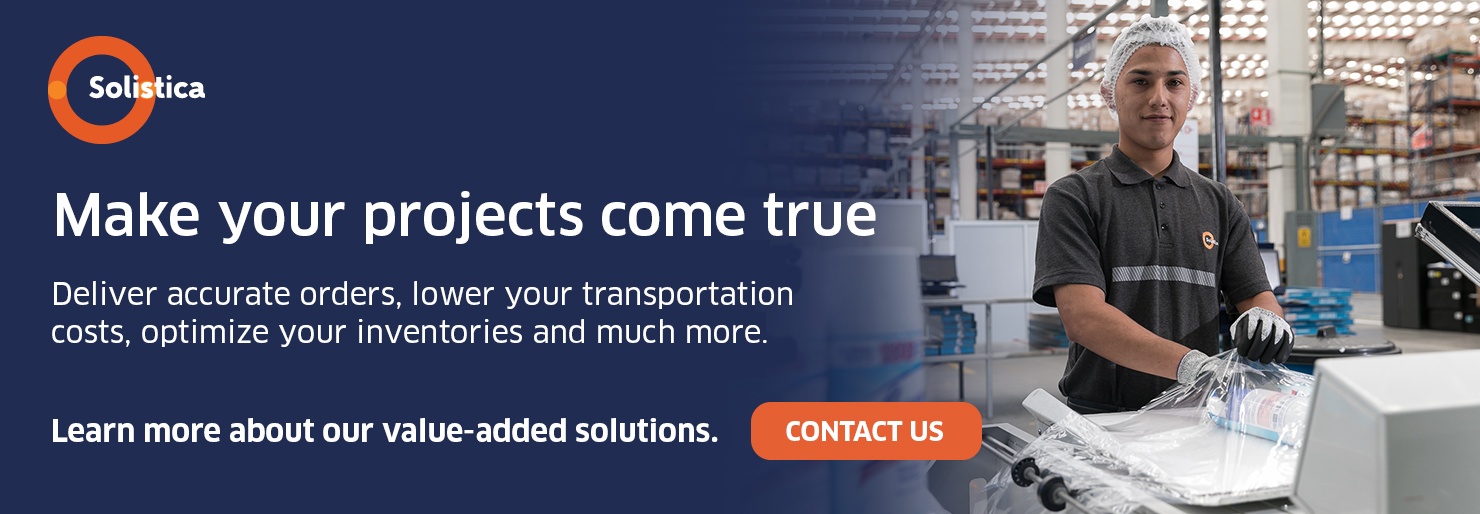 *This blog was originally published on December 20 2018 and modified on April 15 2022.
*This blog was originally published on December 20 2018 and modified on April 15 2022.
